Ship Happens, Week 13: AI book club, vibe coding, GPT 4o image generation, social media flameout
Your weekly roundup of all things product management, technology and work life.
Happy Friday everyone! Welcome back to Ship Happens, your weekly product manager newsletter.
I'm using this newsletter to share at least three things l've come across this week to help you build better product. Subscribe so you don't miss these when they come out:
On to this week's thoughts and updates:
1. AI Book Club: AI Powered Search!
I’m starting my new gig in AI in a couple weeks! I am super pumped to be working on building the future, but a little anxious about understanding the fundamentals more deeply around AI, search and their respective futures.
My coworker Natalie recommended reading AI Powered Search and so we entered into an unofficial book club between us, committing to finishing 100 pages by the end of March.
I then posted about it on Linkedin and it sounds like other folks wanted to participate too..
So we’re doing a book club! Let me know if you’d like to participate.
I thought about creating a Substack Chat, but it looks like there are lots of tools out there for this that are pretty cumbersome (Linkedin, Slack, iMessage, WhatsApp, Substack…) It got me thinking about having a social book club app which is perfect for vibe coding! The perfect segue into…
2. Vibe coding is a total trip, and probably here to stay

If you haven’t heard about vibe coding yet, I’d recommend pausing and reading this:
Vibe coding with an AI tool like Lovable (my tool of choice), is quite the experience. You get a chat window to interface with Lovable, and you basically write out what you want to make in prompts that Lovable executes against. Then Lovable uses AI to write out code for pretty much anything you need.
I’ve had previous experience writing code with ChatGPT as my partner in 2023, and that honestly was a struggle. I had to provide ChatGPT lots of context, and often it would do integrations the wrong way with old knowledge it had been trained on.
Now, likely with the addition of RAG and updates to the models used along with some “magic” behind the scenes, For the most part I can tell Lovable what I need and it just does it. 🤯
I’ve been using it for two different products:
A quiz game called Quizzy (get Quizzy with it, get it?!) that my brother-in-law came up with. It creates timed quizzes based on popular TV shows that you can take shortly after an episode has come out.
A social book club app, name is WIP, where you can set up your own book club by picking a book, inviting friends, setting milestones and then scheduling a debrief over Zoom at the end. Perfect for solving my book club problem above!
I have to say, using AI in this way to build products in a matter of a couple of days is totally amazing. I finally feel like this promise everyone talks about where AI can build digital products for you is actually a reality. We were very far from that in 2023.
But vibe coding definitely comes with some unexpected learnings and caveats:
My PM skills are now more important than ever. I found myself really articulating use cases, specifics on requirements, and digging in deep on requirements. I also still got stuck on what I should use these tools to build and why. If anything, these tools seem to accentuate the need to figure out what to build and why, BUT…
Being a PM takes on a different shape. Now you can build really cheap and test ideas quickly instead of having to do lots of things upfront before even seeing a line of code. I’m not sure what it all means yet for the way product managers and other roles work going forward, but on initial glance it looks like lots of lines are going to blur and needed skillsets are going to change. For PMs, the need for docs and upfront designs might not be as critical if you can prototype and V1 fast with AI. Actually this article from Julie Zhou is a great meditation on that topic. The future of our role and what will be important is likely to change, as it will change for designers, engineers, data scientists, really all of us.
Vibe coding platforms are very much like junior developers. You really have to spend a lot of time checking their work and QAing. So you might not be writing code, but you still have to have a good sense for what the requirements are, where the edge cases are, what’s working or not working and why, and how you could potentially solve it. This also works its way into prompts, where you really have to be specific about what you need and how to craft something in a way where you get what you need.
The future is very bright, and vibe coding or Prompt Driven Development (PDD) as
has so aptly highlighted, is likely here to stay and the future of how we build products.I can’t wait to share with y’all more about Quizzy and the book club product! It’s coming along super quick, might have something working to share next week. 🤞Next let’s talk about what’s melting down OpenAI’s servers…
3. GPT 4o’s image generation leap forward is amazing, concerning, and oddly feels like it should have happened years ago?
If you haven’t spend the last few days messing with ChatGPT’s image generation model, why not?! It has pretty much melted down OpenAI’s servers and taken the world by storm.
I have admittedly spent way too much time making lots of fun images to see what the model can do and it is totally shocking how well it can take images and inputs and generate something striking in terms of completeness relative to prompt with detail.
Here are some examples of what I made, the prompts are in the captions:
Here’s one of my pup Einstein in Pet Vogue:

It’s amazing the level of detail and correct interpretation of the prompts given. It even gets a very good approximation of the text in things like my shirt, although I do have to correct it roughly half of the time. Sure Midjourney is great at a lot of this stuff, but the level of accuracy with image representation for things like depth has taken a leap forward, and it’s just captures + displays intended artwork so well it’s mind blowing. It unlocks a whole world of creation for so many more people on the planet, including myself who thought making this kind of stuff myself would never be possible.
It’s concerning in many ways, the key ones to me are what it does to existing jobs and what it does to creating art that is truly unique and human. On jobs, I wonder about if I will really need a graphic designer, visual illustrator or photo editor ever again. It makes posters, visually treats UI, creates comic books, like what the hell?! We’re probably looking at a world where people in those jobs will have to change their skills and the nature of their work.
On the nature of art, this is hard to suss out the impact of, I’d imaging we’re going to see artists using these new tools to make this faster and more unique like this epic Lord of the Rings video. There will probably be another explosion of creativity similar to the effects of the internet and mobile, but at a scale much more mind-bending than even that. There will probably be some lower grade art, lots of copy cats and rip-offs and things like that. Just like there were fart apps in the App Store. 🤝
But for the hundreds or thousands of fart app equivalent art pieces, there will be singular pieces of art that would never have been possible without AI I think. Only time will tell.
Speaking of fart apps, here’s something you probably knew that actually is drivel and worth getting rid of…
4. Social media is aging our brains quickly, screen time isn’t relaxing?!
I came across this on Instagram the other day that was striking:
A decade of cognitive aging gone after two weeks without the internet?! That sounds like total BS, but it aligns with something I’ve discovered about my own stress that I wrote about on Linkedin yesterday:
I’ve seen this play out time and time again, where when I watch TV or look at my phone a bunch like I did yesterday, no restorative time:
But when I do things like disconnect and do some yoga or meditation, I get restorative time almost guaranteed on my Oura Ring:
I used to laugh when people would say that social media is like smoking, but as we’re learning more about it I’m starting to believe there’s some truth in it.
I’m not a total nut about it, I don’t think I’d advocate for cutting social media out completely. But definitely stepping away from it for good periods of time, or finding social media like Substack or Linkedin that’s more vegetables than candy, seems to be helping in real life. Hopefully it gives you some food for thought in terms of how we can all show up better for work and for life.
That's it for this week!
If you've found this helpful, please consider showing your support by subscribing:
I’ll be back around this time next week with more useful product manager things!


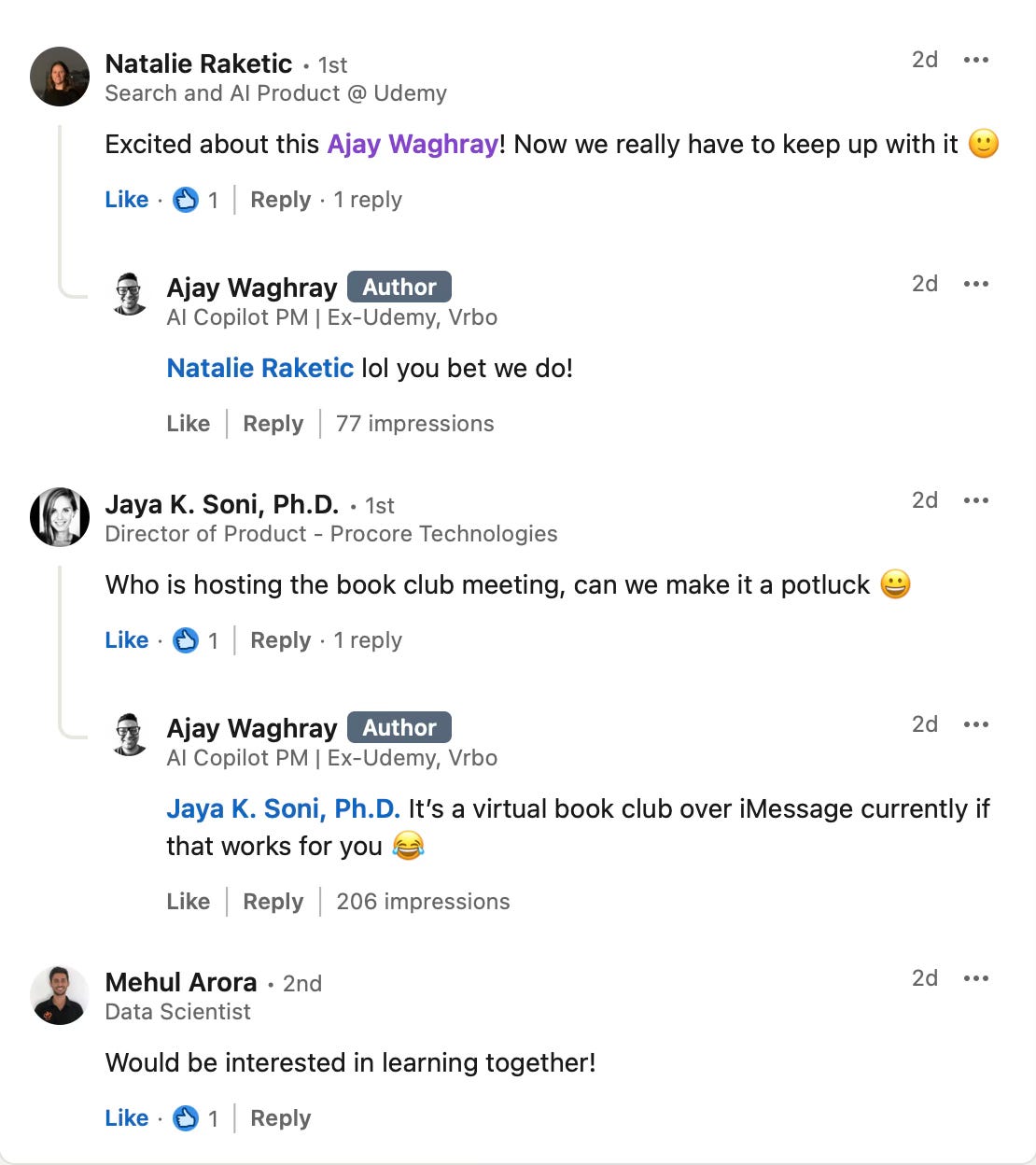

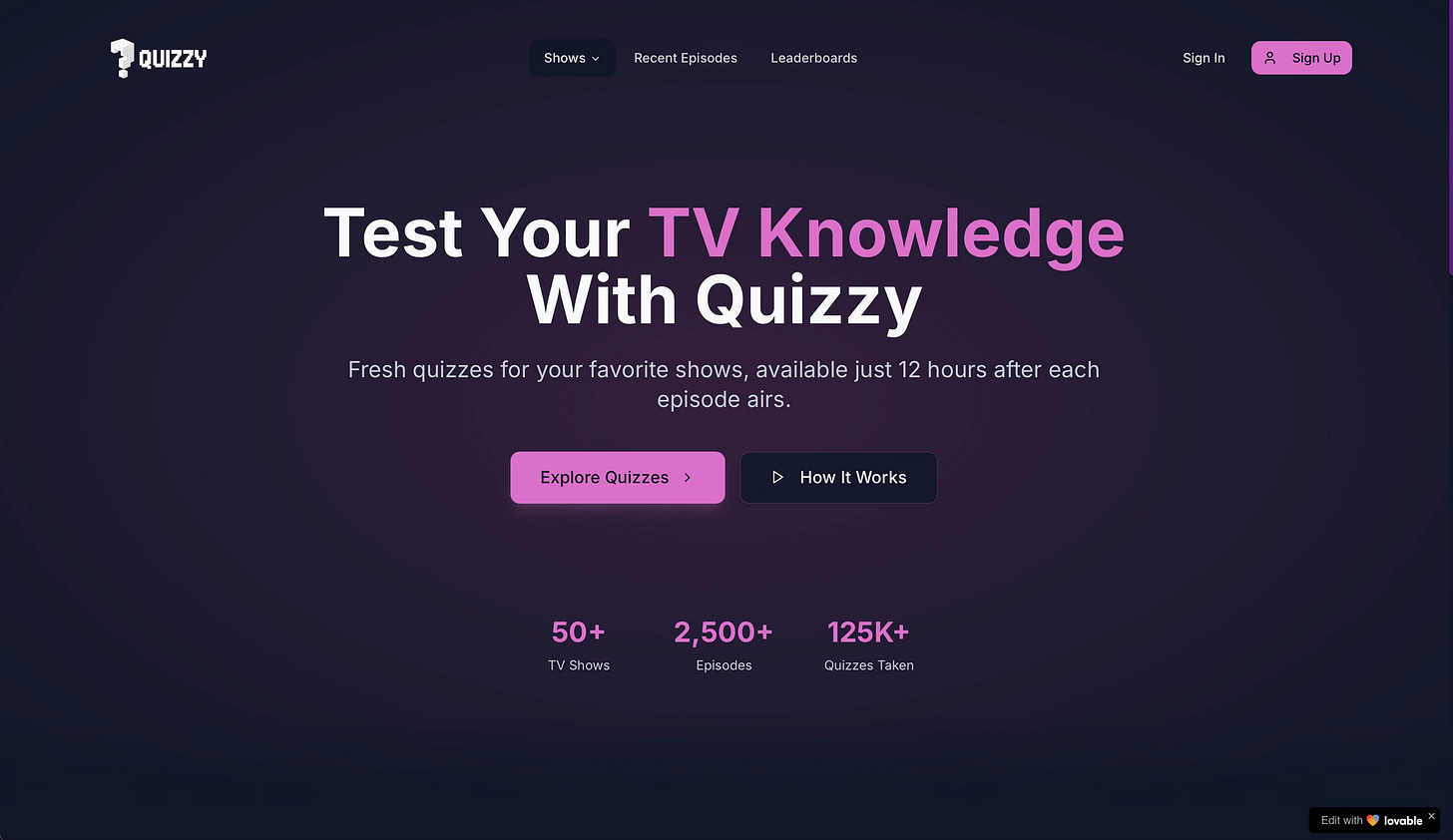
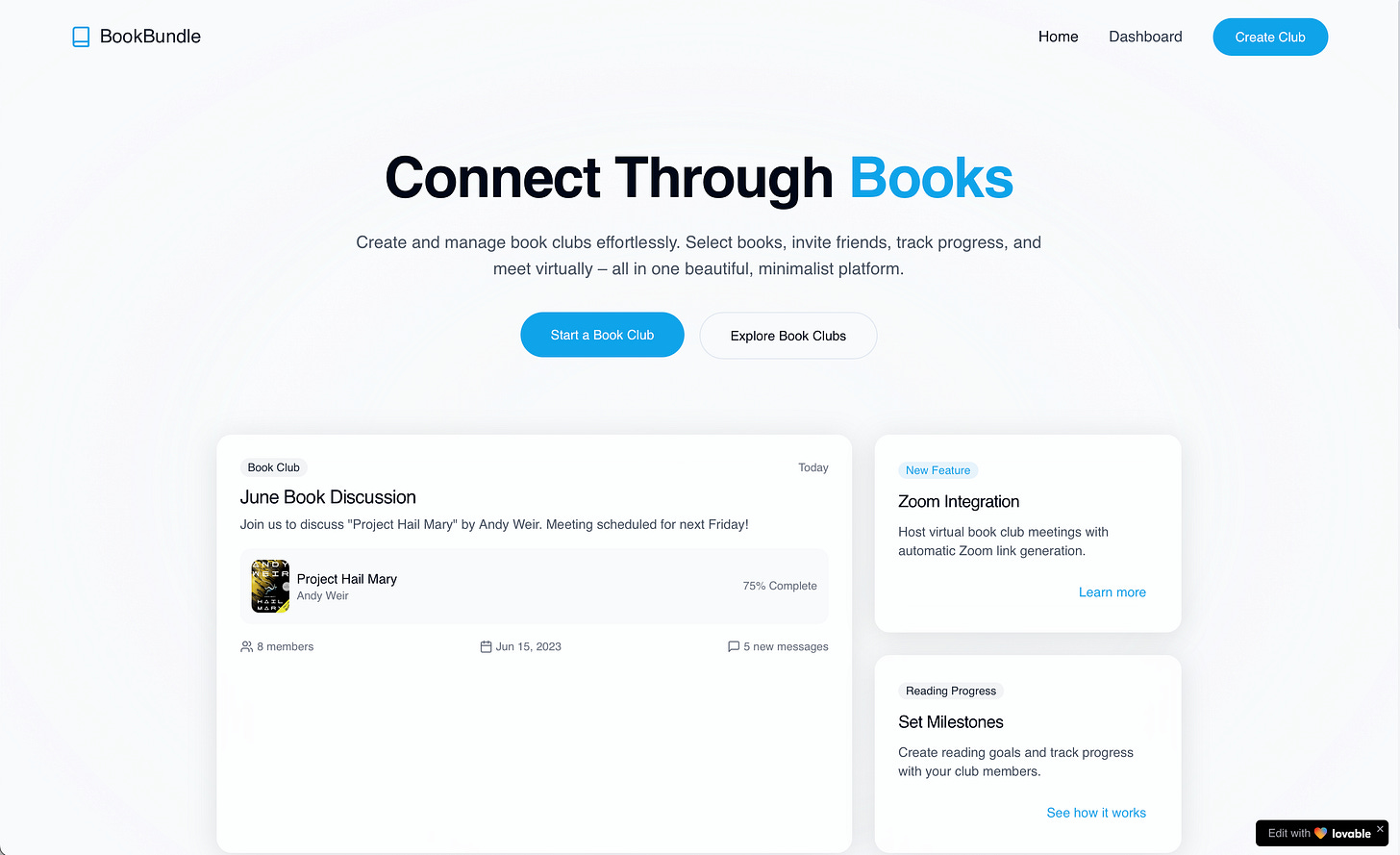

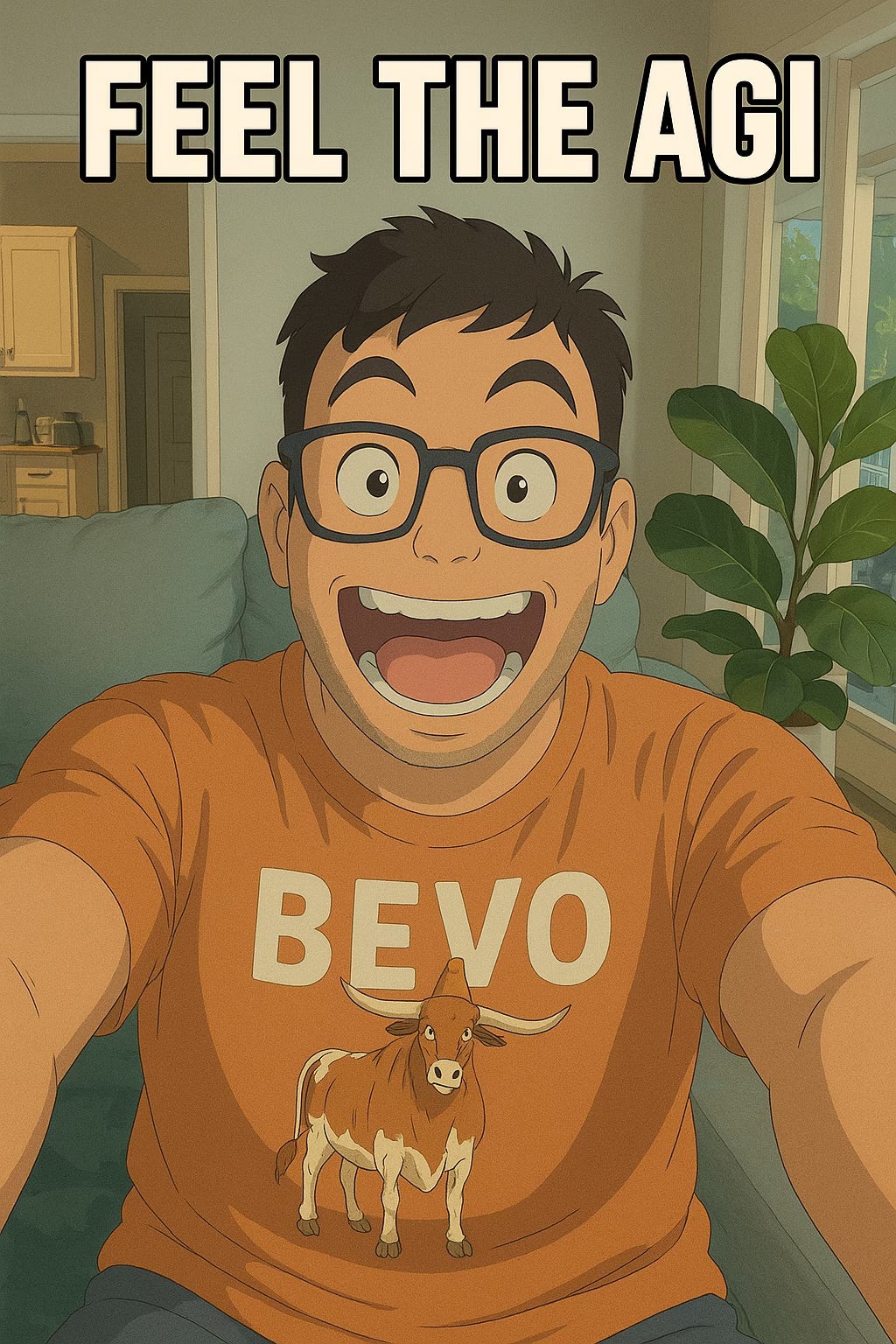
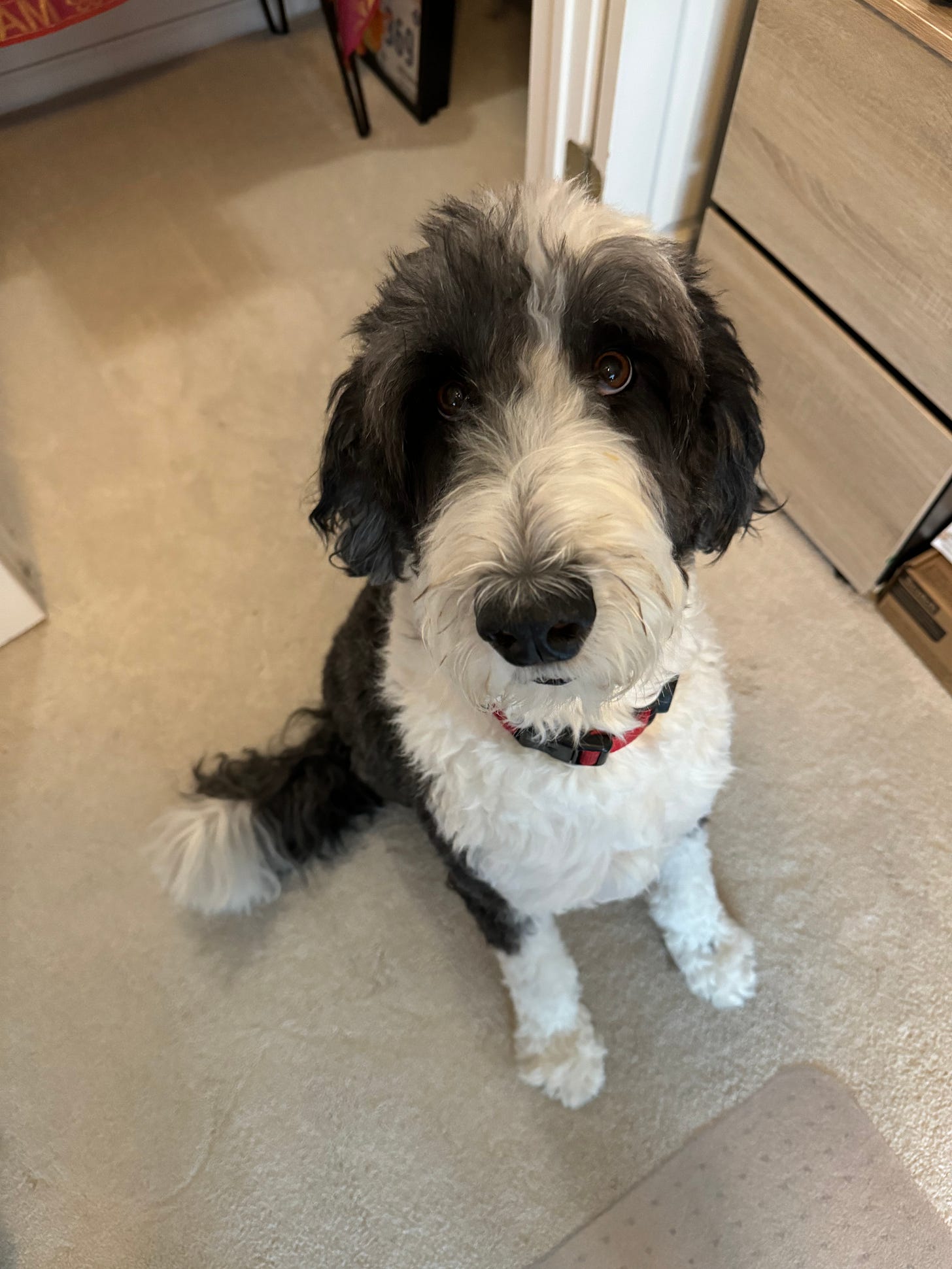
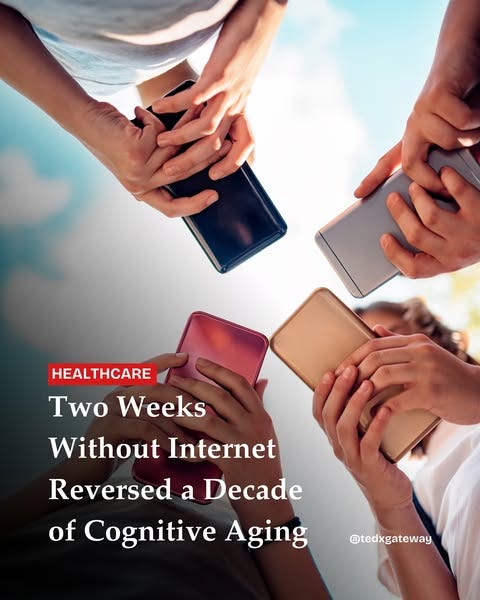
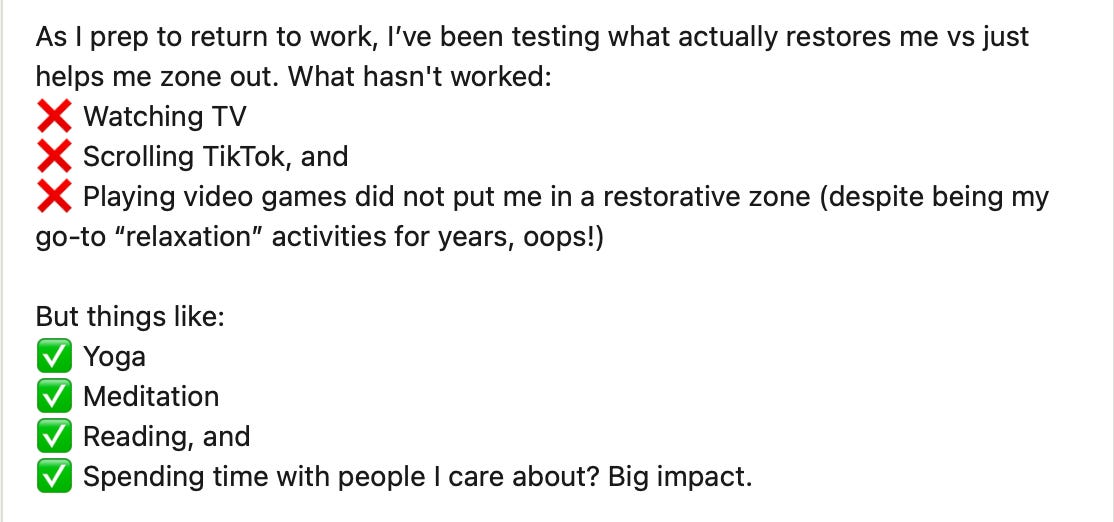
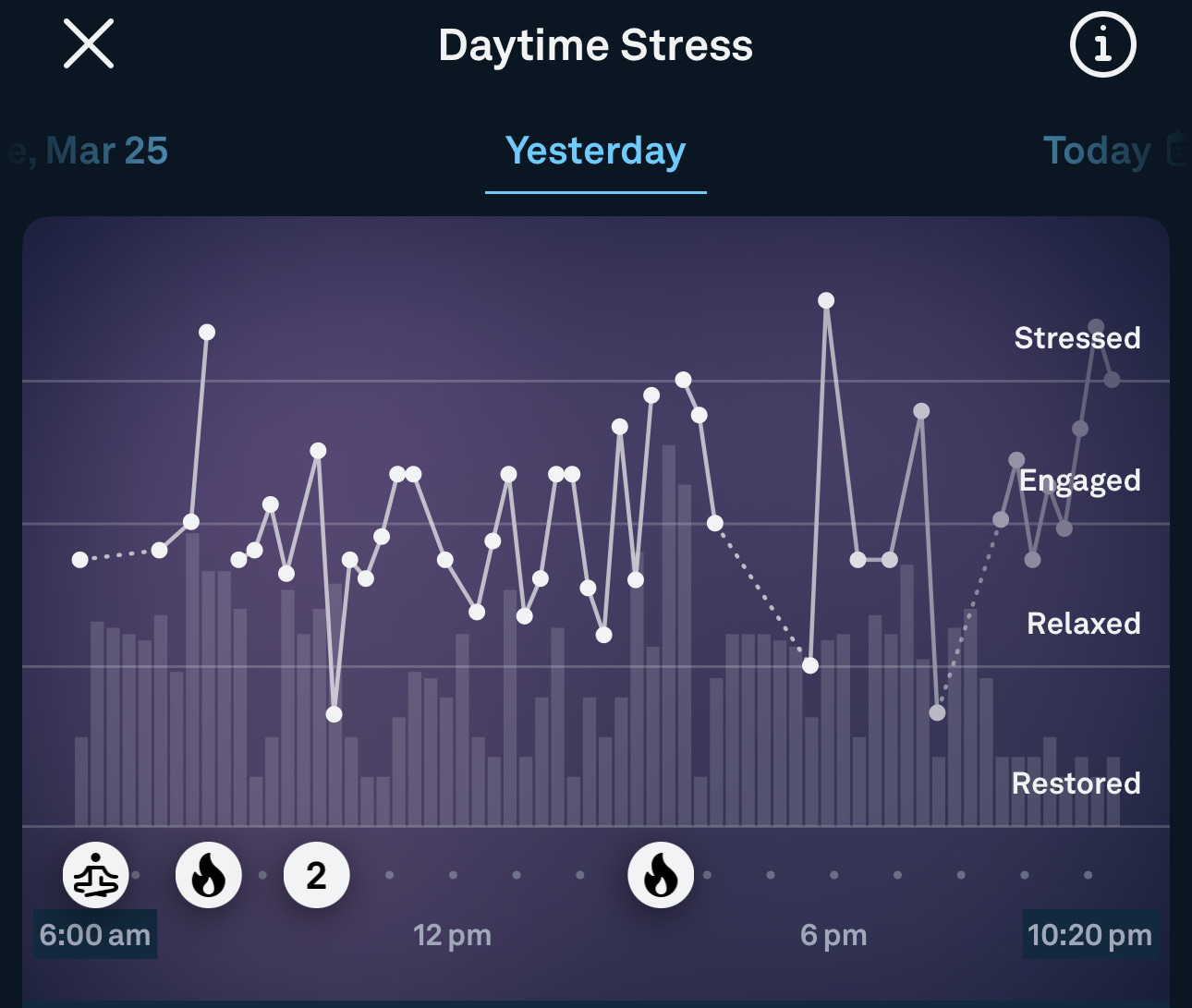
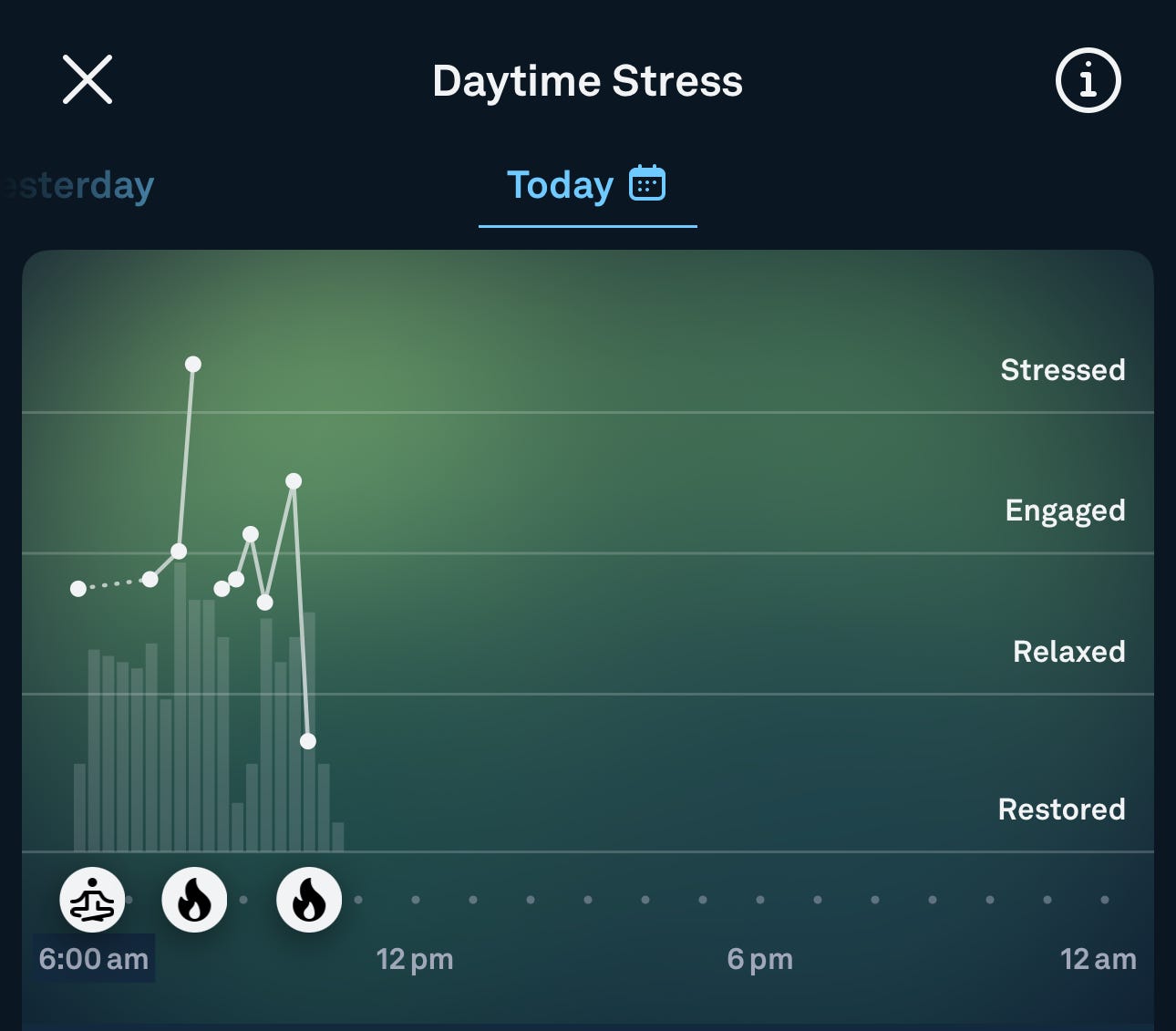
I would subscribe to Pet Vogue. 100%.